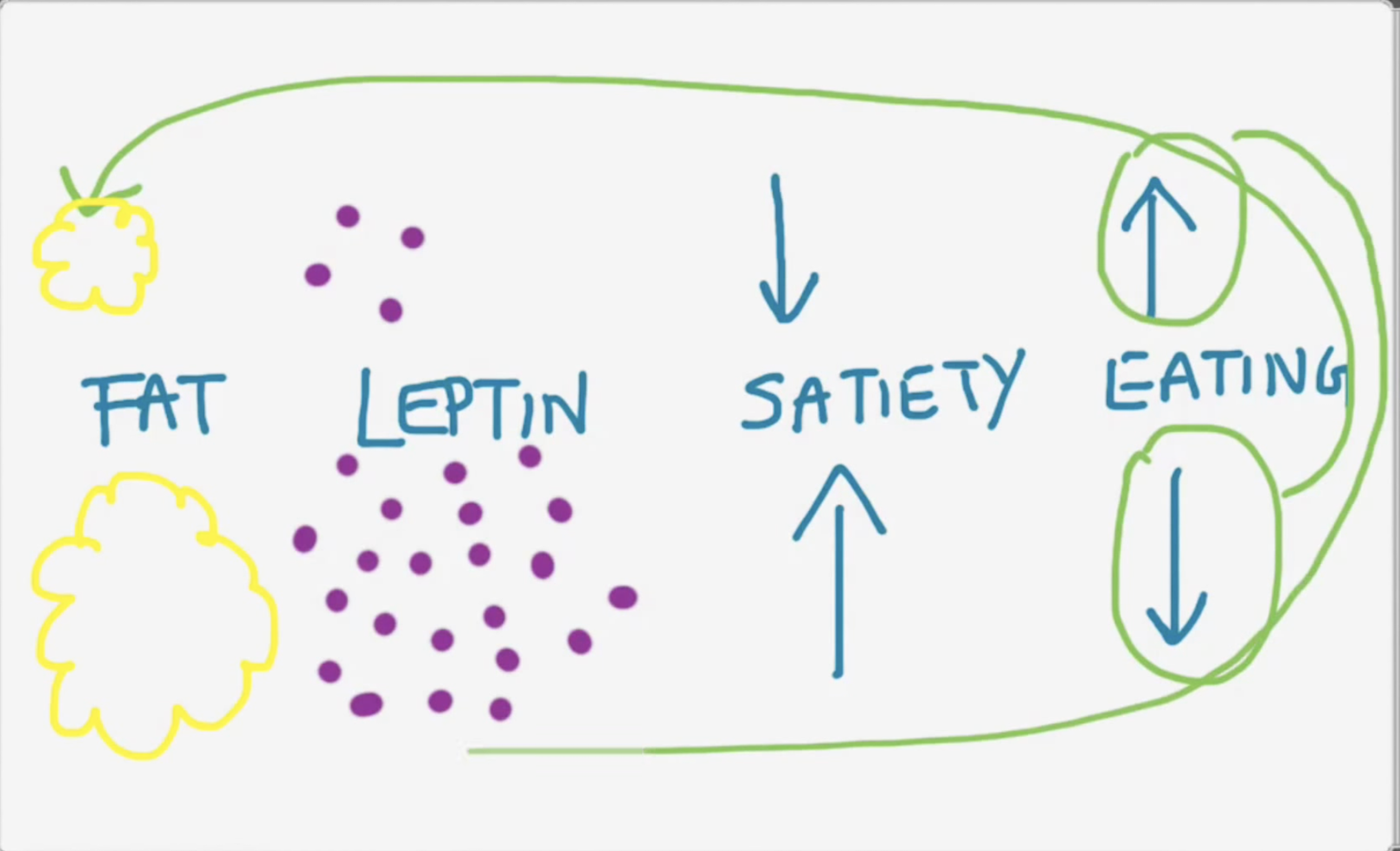Causal patterns
 We know that "correlation is not causation!" or that if we manipulate an IV and it leads to an effect on a DV under controlled conditions, then we can infer causality. However, often when we make statements like this, we may be oversimplifying and misinterpreting the concept of causality which is actually quite more complex. As statistician Edward Tufte said, "Correlation is not causation but it sure is a hint."
We know that "correlation is not causation!" or that if we manipulate an IV and it leads to an effect on a DV under controlled conditions, then we can infer causality. However, often when we make statements like this, we may be oversimplifying and misinterpreting the concept of causality which is actually quite more complex. As statistician Edward Tufte said, "Correlation is not causation but it sure is a hint."
This page looks at the different types of causality as well as how health psychologists "strengthen the argument for causality" when it is impossible to carry out ethical experimentation.
Causal patterns
Scientists have identified several different causal patterns which explain the relationship between variables. We will look at three patterns: Linear, domino, and cyclic causality.
Linear causality
This is the most common type of causality that is seen in our psychology course; an independent variable is manipulated and its direct effect on a dependent variable is measured under controlled conditions. Examples include:
- The effect of music on one's ability to recall a list of words
- The effect of blocking acetylcholine receptors with the antagonist scopolamine on recall of a maze
- Identifying confederates as either psychology students (in-group) or history students (out-group) in a replication of the Asch paradigm.
Domino causality
 Domino causality is perhaps one of the most important concepts in applied psychology. These are cause and effect relationships where an effect becomes the cause of another effect - that is, there is a sequential unfolding of effects over time. Often by looking at the simple cause-and-effect relationship, we miss just how complex things really are.
Domino causality is perhaps one of the most important concepts in applied psychology. These are cause and effect relationships where an effect becomes the cause of another effect - that is, there is a sequential unfolding of effects over time. Often by looking at the simple cause-and-effect relationship, we miss just how complex things really are.
For example, what happens if your alarm clock doesn't go off?
Well, you wake up late, then you hurry to get out of the house, in our rush you forget to take your psychology project with you, you aren't able to participate in the class assessment and are kept after class by the teacher, you miss your break and have to go immediately to your next class, you missed seeing the love of your life during break, you get a text next class that your love is upset that you didn't have time for them - and your relationship is over.
So, you can see that this chain of events is quite complex. It would be rather ridiculous to argue, "My boyfriend/girlfriend broke up with me because my alarm clock didn't go off!" And yet, often in psychology, the way that cause and effect is discussed on exams is rather similar in its simplicity.
- A sequential unfolding of effects over time
- An extended linear pattern that results in direct and indirect effects
- Can be branching where there is more than one effect of a cause (and these may go on to have multiple effects and so on.)
The "first cause" is not always a "direct cause" of an effect and may actually lead to several other effects. This might make our heads hurt to think about it, but being able to identify domino causality will help you discuss the complex relationships between variables in the study of behaviour.
For example, by recognizing the many steps that lead to an ultimate effect, we can realize that there are many points at which an intervention could change behaviour. In the case of depression, perhaps stress management would be a more effective treatment than SSRIs. Or maybe it would be better to lower the levels of MAO-A to prevent the breakdown of serotonin.
Domino causality also helps to explain why not everyone has the same effect from the same first cause. For example, not everyone who is neglected in childhood develops health problems. This might be because the genetic make-up of individuals is different. If cortisol must cause a certain gene to express as part of the chain of events that lead to a behaviour, if the individual does not have that particular gene variation, then the behaviour won't happen.
Finally, being able to ask "is there a cause before the cause?" or "could this be an example of domino causality?" helps psychologists break away from established theory and ask the next question. This is how theories like the cortisol hypothesis have been developed. Simply looking at the serotonin hypothesis does not explain the range of symptoms that we see in depressed patients. Taking a step backwards and seeing that a low level of serotonin is only one step in a complex chain of events that may lead to depression helps us to better understand the complexities of the disorder.
Examples of domino causality
 There are several examples of domino causality in the IB psychology course. The following two examples give you a sense of how you could discuss domino causality in an exam response and why this is important in understanding the origins and treatments of behaviour.
There are several examples of domino causality in the IB psychology course. The following two examples give you a sense of how you could discuss domino causality in an exam response and why this is important in understanding the origins and treatments of behaviour.
The serotonin hypothesis
For example, the argument that a lack of serotonin causes depression. In this argument, one has to try to determine what are the steps that lead from a serotonin deficit to depression? What does a serotonin deficit do? How does one get a serotonin deficit? When we look at modern research on depression, we find that one of the effects of high levels of cortisol is an increase in an enzyme called MAO-A. This enzyme breaks down neurotransmitters, including serotonin. So, if we look at the bigger question, is cortisol the ultimate "cause" of depression, rather than serotonin? If so, this may explain why simply treating serotonin levels in many depressed patients is not effective.
ACEs
Nadine Burke Harris writes about ACEs - Adverse Childhood Experiences - and their effect on physical health. She bases her research on a key study by Felitti et al (1998). But is it possible to say that abuse and neglect in childhood causes physical health problems? Well, it is. But it is not a linear relationship.
One study that looked at the potential effect of childhood neglect was Michael Meany. In his study of rats, he found that neglect led to memory loss in adult mice. But it was not that simple.
The mother rat’s nurturing behavior leads to the activation of the glucocorticoid receptor gene (GR, also known as NR3C1), resulting in lowered stress response. The stress of being taken away from the mother leads to down-regulation of the expression of the GR – that is, the expression of the gene is decreased. This epigenetic effect then leads to an inability of the mice to regulate levels of glucocorticoids. Long-term high levels of cortisol lead to hippocampal cell death. This cell death has an effect on the rats’ ability to recall spatial information
Cyclical causality
Often when we discuss feedback loops, we don't think about them in terms of cause and effect, and yet, there is an important cause-effect relationship there. For example, there is the feedback loop that regulates our sense of hunger.
 Leptin is a hormone secreted by adipose fat tissue. When we eat our meal, fat cells increase, releasing more leptin. This leads to feelings of fullness (satiety). When we feel full, we stop eating.
Leptin is a hormone secreted by adipose fat tissue. When we eat our meal, fat cells increase, releasing more leptin. This leads to feelings of fullness (satiety). When we feel full, we stop eating.
When we stop eating, over time, as we burn off energy, fat cells decrease and a hormone called ghrelin increases. The increase in ghrelin makes us feel hungry, so we eat. When we eat, the fat cells increase in size, leading to an increase in leptin, causing us to stop eating.
As you can see, the cause leads to an effect that then causes the "original cause." This is a cyclical relationship. Feedback loops can be seen in several areas of the course.
Correlation is a hint at causation
One of the issues with discussing causality is that if the study is not experimental, we have results that are "only correlational." Since much of the research done in abnormal and health psychology is "only correlational," one wonders if we know anything about what causes health problems! Although correlation is not causality, there are certain factors that give us a good hint that the results are likely to be causal in nature. The criteria we use to discuss causality with regard to correlational research is known as the Bradford Hill Criteria.
The case for a relationship being causal is stronger based on:
- The strength of the correlation (effect size); for example, the increased rate of cancer in smokers vs non-smokers was between five and tenfold.
- Consistency of research findings
- It is specific - e.g. smoking is linked to lung cancer, not just "health problems."
- It is temporal - that is, the longer the exposure to cigarette smoking, the higher the risk of lung cancer.
- There is a dose-response relationship - that is, those that smoked more had a higher chance of cancer.
- It is plausible and has not been disproven.
- It is backed by concordant experimental evidence - e.g. animal research.
Effect size
Effect size tells you how meaningful the relationship between variables or the difference between groups is. It indicates the practical significance of a research outcome. A large effect size means that a research finding has practical significance, while a small effect size indicates limited practical applications.
Although we cannot assume that the relationship is causal in nature, we also cannot dismiss the possibility that the relationship is causal. In other words, it is much more complex than simply stating "correlation is not causation."

 IB Docs (2) Team
IB Docs (2) Team
